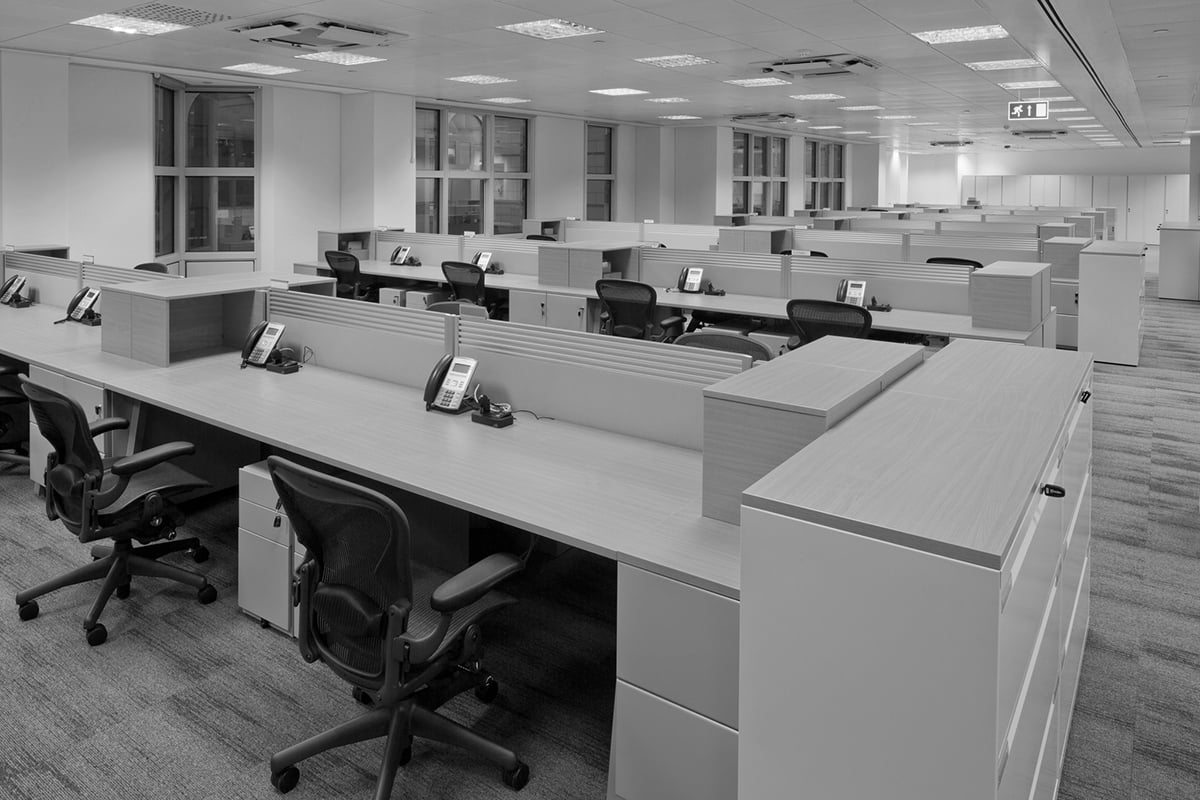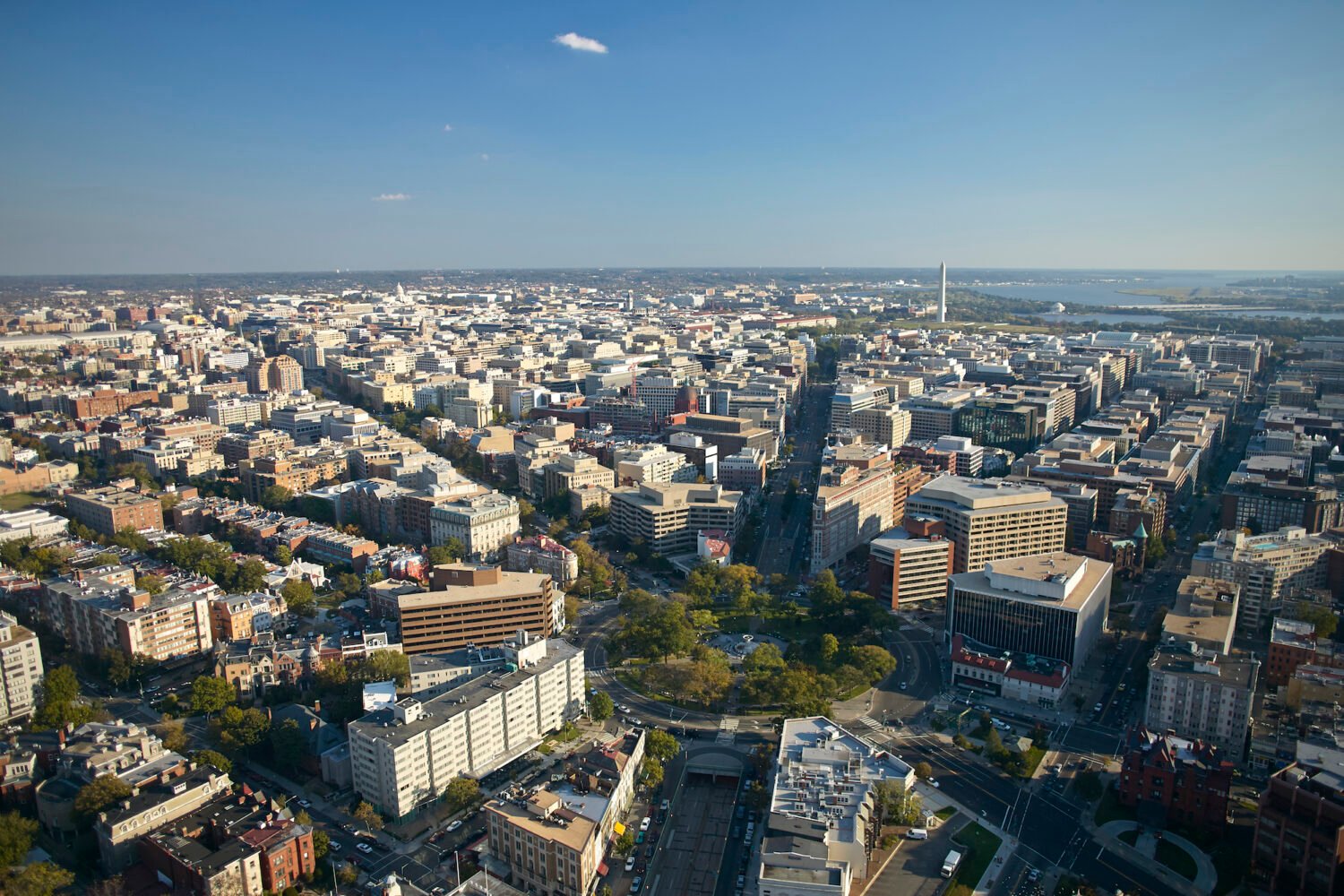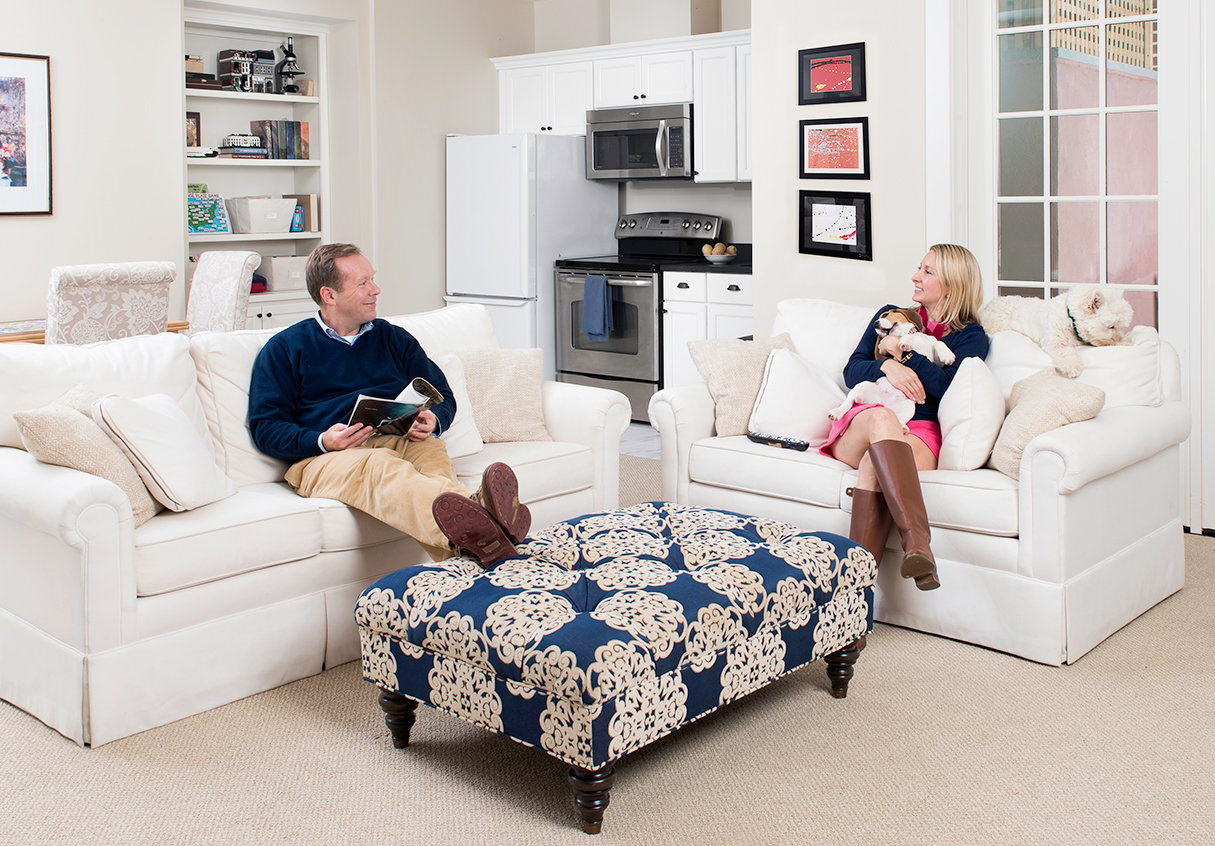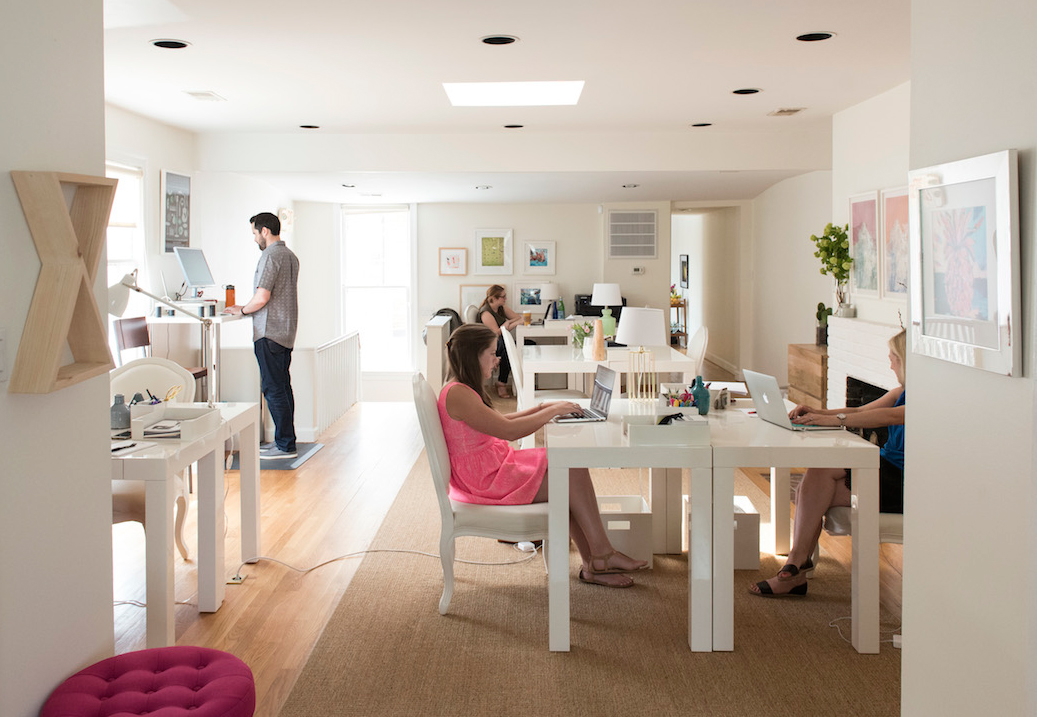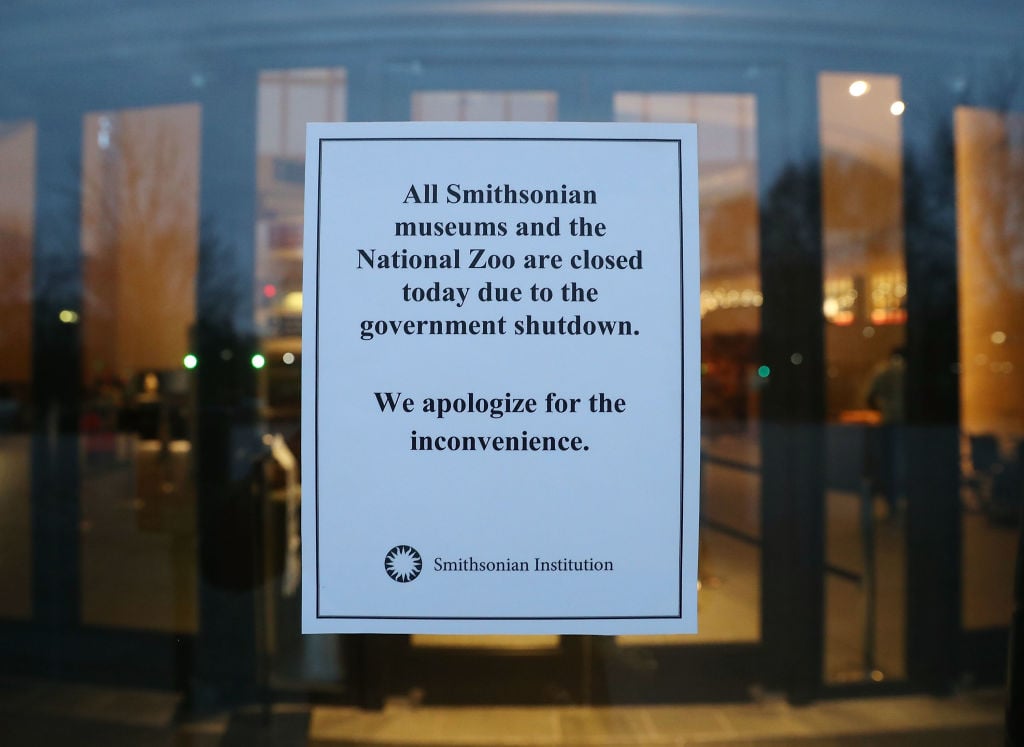Walls are so 20th-century. According to a 2010 study by the International Facility Management Association (IFMA), 70 percent of Americans now conduct their working lives in open offices, where (so goes the script) the absence of physical barriers is a boon for communication, knowledge-sharing, and productivity. Or is it? Here’s what the data says.
Percent more sick days taken by open-plan office workers than their private-office peers, according to a 2011 Danish study.
Percent increase from 2008 to 2014 in respondents to a Harvard Business Review survey about office well-being who said they can’t concentrate at their desks.
Percent increase in loss of productivity due to noise distraction in open-plan offices compared with private offices, as cited in a 2013 paper published by the Journal of Environmental Psychology.
Percent rise in interactions observed by a Harvard professor among members of different teams at a firm that transitioned to open offices. But interactions fell among employees on the same team.
RELATED: These Are the Best Places to Work in Washington, DC
1
Happiness rank of private-office occupants, according to research at the University of Sydney on work environments.
3,000
Dollar amount AT&T saved per workspace when it consolidated or eliminated offices, as cited in a General Services Administration report.
190
Average square-footage per US worker, down from 225 in 2010, according to IFMA. In China the average is 50 square feet.
This article appears in our November 2015 issue of Washingtonian.

